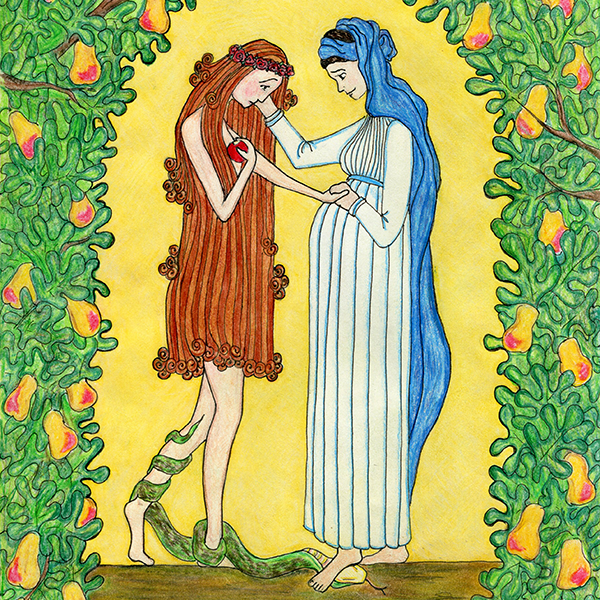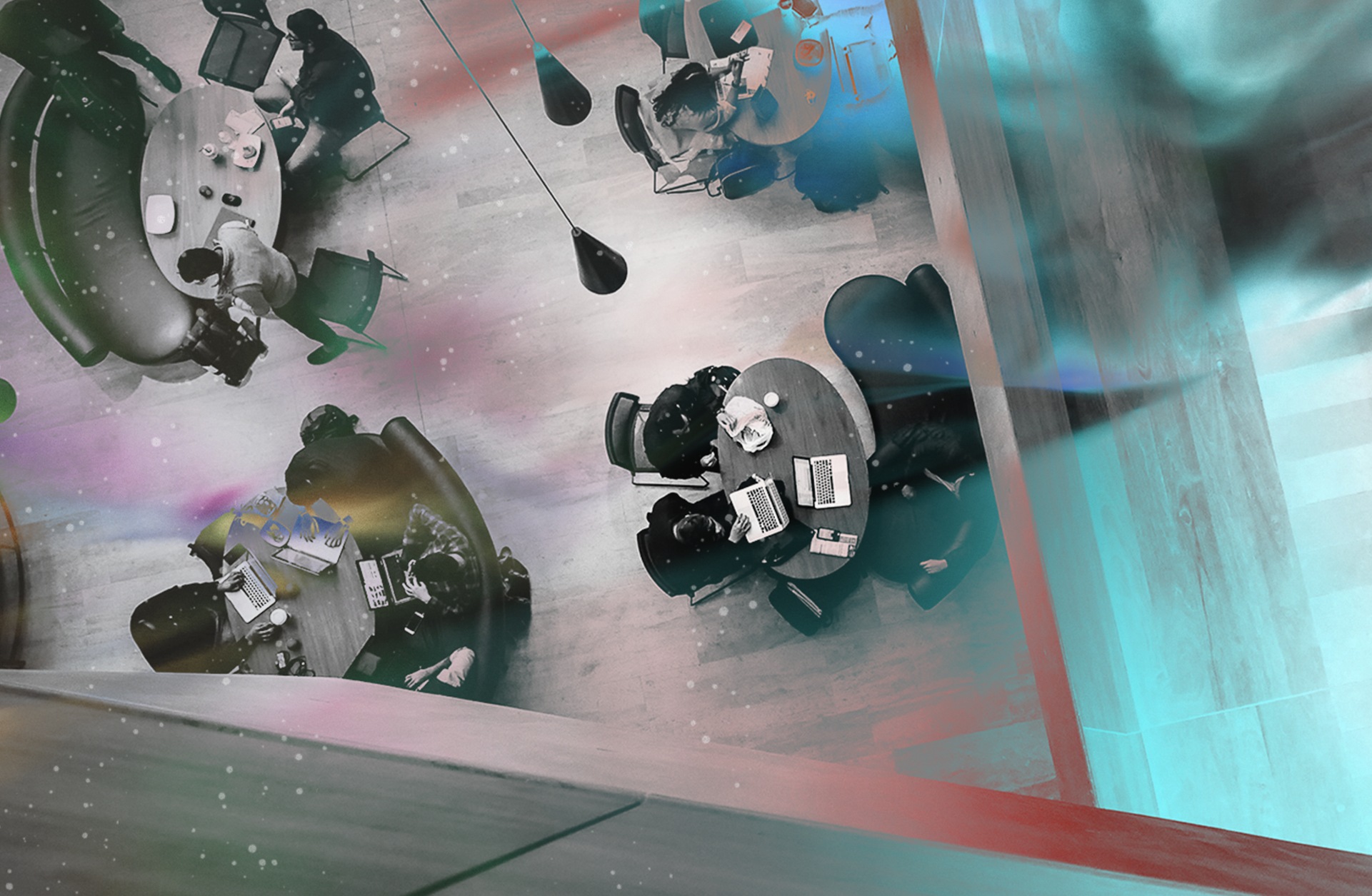Church Planting in Post Christendom – Is There Such a Thing? Fuller’s D.Min Course
When my wife and I were asked to plant a church in the Northwest Suburbs of Chicago we found a difficult situation. The area had been mega-churched to its maximum. Three of the largest mega churches in the country were well-established and attracting thousands upon thousands. They were setting up satellite churches using video technology where they would take two to four hundred of their people that were driving to the main site and transfer them to the new site. These transfers would fund the video church with a full 8-10 person staff, providing every goods and service a Christian family could want. Then in a short period of time the crowd would swell. Meanwhile, smaller churches, with limited budgets that had no wherewithal to provide such services on such a scale, literally went out of business. Often they were bought out – taken over (hostile take-over?) by the mega churches (Wilowcreek was not involved in such activity to my knowledge). The size and scope of these churches influenced significantly the culture of Christians living in these burbs. These mega churches were the first and obvious choice to all people who were Christian in upbringing. This was the established Christendom of the NW Suburbs. Planting a church here would be difficult because most Christians were already encultured to attend a large church with all the goods and services. It would difficult to gather a group of even the smallest size to begin something in any neighborhood.
The shocking reality that we found was that the numbers of Christians during the previous decade had not been growing at all. And these churches accounted for only about 45,000 people in a population of 1.4 million. Churches were growing largely via transfer growth of one variety or another (I can not get into the question here of whether the Catholic who leaves his/her parish and has a “conversion” experience at a mega church, counts as conversion growth or transfer growth). Stunningly, years later Chicago remains the least churched city in the United States (something I still find hard to believe). In the midst of these circumstances, the question becomes how do we in fact plant a community that engages people on their turf (doesn’t make them drive to a large church, mall-like facility). How do we reach those outside of the faith those who will not come (drive) to a church no matter how relevant we say we are to their lives? There are simply humongous hurdles in calling out a community to witness to the kingdom of God in our midst. Where will the people come from? How will we gather a community when no one will come to a gathering for any other reason than to get a religious need met? And the mega churches do this better than we could ever hope to do? How do we seed missional communities in the midst of this? How do we nurture an ethos of God’s Kingdom, an ethos of the community where His Lordship has “broken in” and by His Spirit is working to save and restore and renew all of creation?
These questions, and many more, drive the course I will teach in the Fuller D.Min program this summer. We are going to first dissect Christendom/post Christendom assumptions, modern-postmodern assumptions, and what constitutes the practices of being His Body in the world. Then we are going to dissect and analyze some church planting manuals. We will look at Tim Keller’s from Redeemer Presbyterian and Mark Driscoll’s Acts 29 Network published materials. We will also look at my friend Joe Manafo’s One Size Fits All? documentary as well as a book edited by Len Hjalmarlson entitled Fresh and Refresh: Church Planting in Canada’s Post Christendom. I’m hoping this later book comes out in some form or another before the class. We are also looking at three other church planting manuals – they are all in the ECD (syllabus) there at Fuller. The class aims to sketch approaches and stoke imagination for planting communities in ways appropriate to whatever our context might look like. If you’re interested in learning, thinking, exploring on this issue, and you’re interested in the course, feel free to e-mail me (fitchest@gmail.com). I have stories to tell! And so do many more. I’m working on a book (When They Will Not Come) that this course should spur along.



